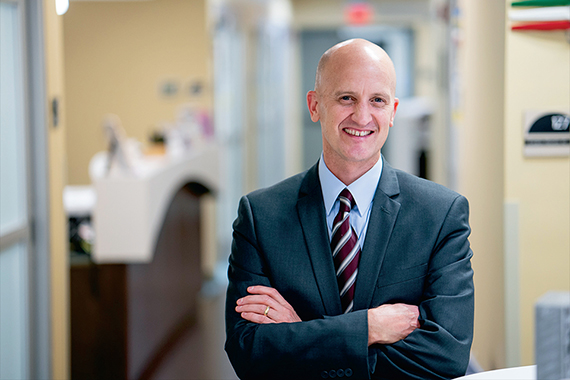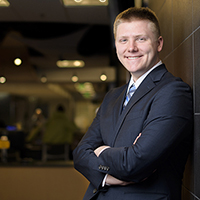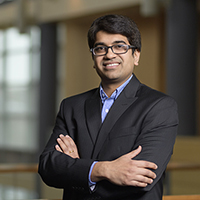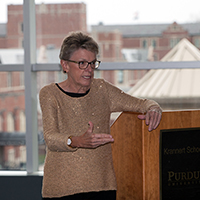
Balancing Act
Improving engagement and reducing burnout among health care employees
In early 2016, the community of Conway, Arkansas, nearly doubled its number of hospital beds when the state’s largest health care system opened a 260,000-square-foot facility four miles away from the local independent hospital. Lured by attractive architecture and handsome benefit packages, many staff left to take jobs at the new facility — only to return later to their original employer.
Anecdotally, the CEO heard that his returning employees were just not happy with the new hospital’s culture, specifically its lack of work-life balance. To find out how well his own facility ranked on the work-family culture scale, he reached out to Benjamin Dunford, an associate professor of management and a faculty affiliate of the Regenstrief Center for Healthcare Engineering in Purdue’s Discovery Park. The results have relevance well beyond the Conway hospital’s walls.
Surveying 680 hospital employees within 60 departments, Dunford and his collaborators found that departments with a high level of positive work-family culture — as defined by their employees — were more likely to also have higher levels of employee engagement, organizational pride, confidence in management and leadership, and intention to stay.
“The key to instilling a positive, organization-wide work-family culture may be through a department-by- department focus,” says Dunford, whose research focuses on how the management of people affects organizational effectiveness, employee engagement and safety outcomes, with special emphasis on the health care industry.
Although Dunford’s research is ongoing, the results are helping health care providers reduce turnover and improve patient satisfaction, as well as boost the bottom line.
In an earlier study supported by the Regenstrief Center and published in the Journal of Applied Psychology, for example, Dunford and his co-authors examine a concept closely related to work-life balance — employee burnout.
“Burnout is what employees come across when their work demands outpace their resources,” Dunford says. “It’s when you feel emotionally tired.”
Traditionally, research on burnout has examined static levels of burnout, meaning there haven’t been many studies conducted on how large groups of individuals’ attitudes in the workplace change over time.
The paper, “Is Burnout Static or Dynamic? A Career Transition Perspective of Employee Burnout Trajectories,” looked at a broad sample of 2,089 employees at a private health care organization in South Carolina over a two-year period. The researchers found that burnout was more likely to occur among organizational newcomers and internal job changers and less likely to occur among organizational insiders.
“Organizational insiders experience the least burnout because they’re more socialized in the organization already,” Dunford says. “There’s less of a learning curve, whereas an outsider that’s just been hired has everything to learn.
“The CEO of the organization recognized how critical employee engagement was to both clinical and financial outcomes. It’s the organizational and the people issues that are driving a lot of these problems downstream.”






